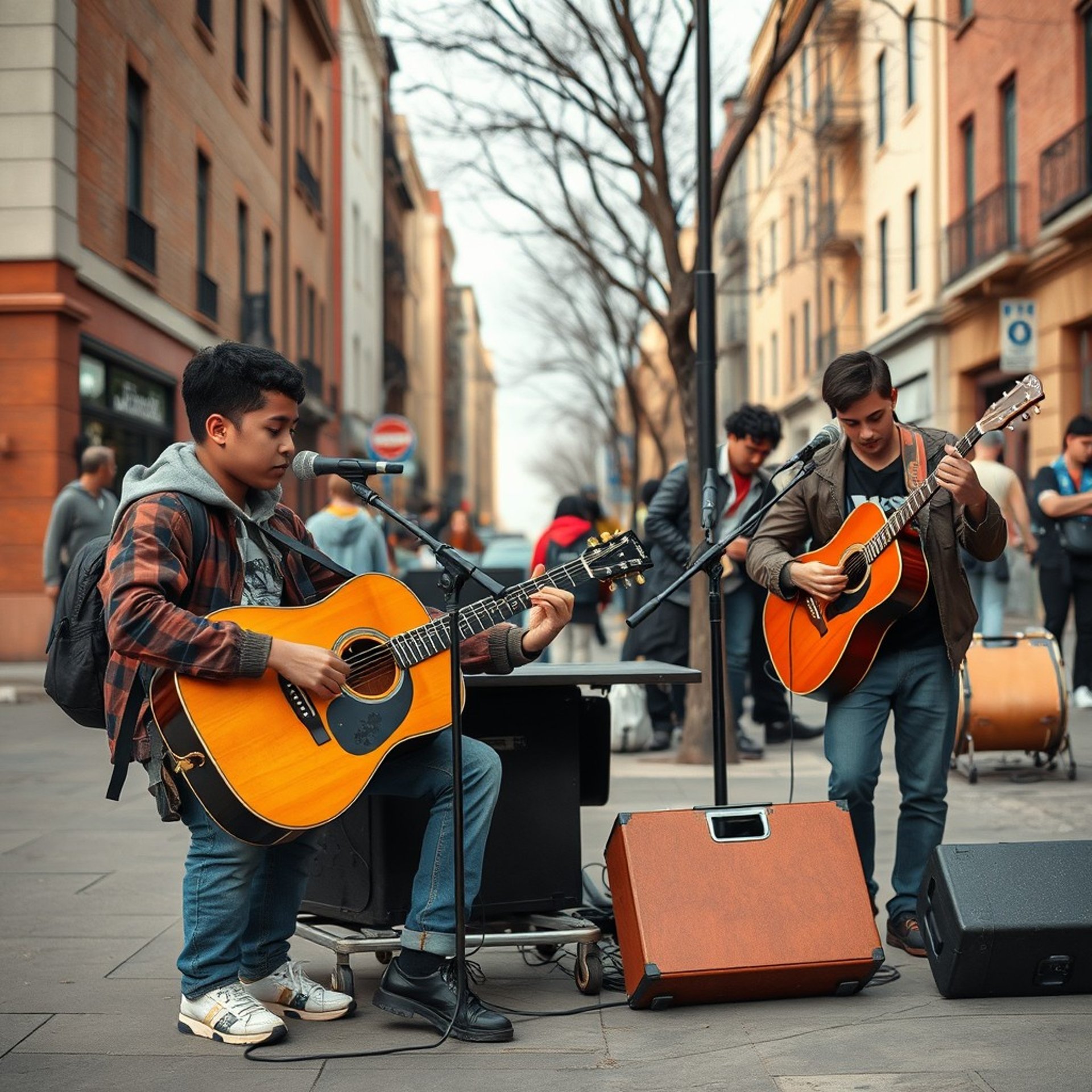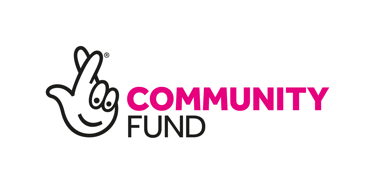
Underprivileged Artists and the Impacts on Mental Health
This blog provides an overview of the impacts of poverty and disadvantages on young artists trying to build a career from nothing. It highlights the need for support and community engagement to help avoid mental health collapse during an artist's journey through disadvantage.


The relationship between disadvantaged artists and poor mental health is complex and multi-layered, one driven both by external and internal stresses that are a part of building an artistic life under difficult circumstances. Poor artists are the ones who do not have access to funding, networks or institutional support and are exposed to all kinds of barriers that have an enormous impact on mental and emotional health.
1. Economic Stress and Financial Insecurity
It’s very easy for artists to have inconsistent income sources — freelance, commission, or selling their work. Poor artists, especially, may find it difficult to make a living from their art, and this can be stressful, anxiety-producing and depressive. The financial insecurity can make you feel inadequate or not doing well, especially in an industry that places much importance on money and prestige.
Effect on Mental Health: The daily pressures of making ends meet and a lack of clear vision about their financial future causes them to be anxious and discouraged over the long run. This can spiral into depression for some people, especially if their work isn’t valued or they don’t have access to the health care, mental health services they need.
2. A Lack of Resources and Support Groups Access
Artists from marginalized communities do not have access to networks that can build a career for them — mentors, gallery directors or curators. Art is notoriously hard to get into, even harder if you don’t have the connections or the money to spend on tools, promotion or training.
Emotional Toll: Exclusion is a common phenomenon among impoverished artists. They can feel isolated and disenchanted without any sense of community. This desocialisation can also lead to self-hatred, imposter syndrome and reduced self-esteem.
3. Social and Cultural Barriers
Artists from marginalized communities often experience additional challenges based on race, gender, sexual orientation, or immigration status. These systemic barriers can limit opportunities for visibility, recognition, and advancement in the art world. Artists from underprivileged or minority backgrounds may also face discrimination or bias, which can negatively affect their ability to succeed.
Impact on Mental Health: Experiencing discrimination or the lack of recognition for their cultural contributions can lead to frustration, anger, or a sense of invisibility. Over time, these experiences can exacerbate anxiety and depression, particularly in environments where their creative expression is marginalized or misunderstood.
4. Stress of Conformity and the Battle for Authenticity
Most artists – particularly those from marginalised groups – are encouraged to create commercial works, or that follow fashion, in order to be noticed or sell. This push to "be a ‘fit’ or to be "on the money" can drown out their own authentic voice and expression.
Impact on Psychological Health: When artists have to sell out and adapt to market expectations, this can leave them disillusioned or unhappy with their work. Conflict, dissatisfaction and self-doubt – all rife with degenerative mental health – can be produced by the collision of personal expression and economic potential.
5. Mental Health and the Arts: Shame & Fear
It is stigmatised within the arts – and many artists suffer from mental health disorders. Some feel that suffering is the artist’s way of life, and thus, mental illness is idealised or discounted, at least in part, due to its very real impact on health. This stigma can discourage artists from seeking help because they might feel like speaking out about mental illness would destroy their reputation or artistic reputation.
Psychiatric Effects: If artists believe their own psychological issues are misreported or oversimplified, then they feel further alienated and neglected. Without therapy or coping mechanisms, mental health conditions can spiral into burnout, drug abuse or other harmful behaviours.
6. Long-term Psychological Effects
The stress and mental strain of being an unprivileged artist in your daily life can have psychological long-term repercussions. The stress, depletion and pressure of working in a competitive (even exploitative) business can ultimately lead to burnout and chronic mental health problems.
Impact on Mental Health: In the long run, constant pressure and disappointment can sap self-esteem, making artists feel resentful or alienated from their goals. Some may even quit their art altogether because these mental illnesses are too much for them.
7. The Power of Community and Campaigning
These barriers remain, but collective building and the support of marginalised artists have become more crucial to solutions. Artists who encounter such obstacles can find essential help from organisations offering grants, mental health services, and career development programs. Artists and activists also increasingly advocate for the arts to offer safe and inclusive spaces for mental health.
Mental Health Impact: Things will improve when artists access mental health resources and communities. Interventions that support self-care, awareness, and destigmatisation in the art world can help artists cultivate resilience and cope skills.
Conclusion
All in all, underprivileged artists may have specific mental health issues that can impact their lives significantly. Disparity, poverty, racism, and artistic stress all lead to depression, anxiety, burnout and other forms of mental illness. But through systemic change, support and community development, the mental health challenges of these artists can be reduced.










